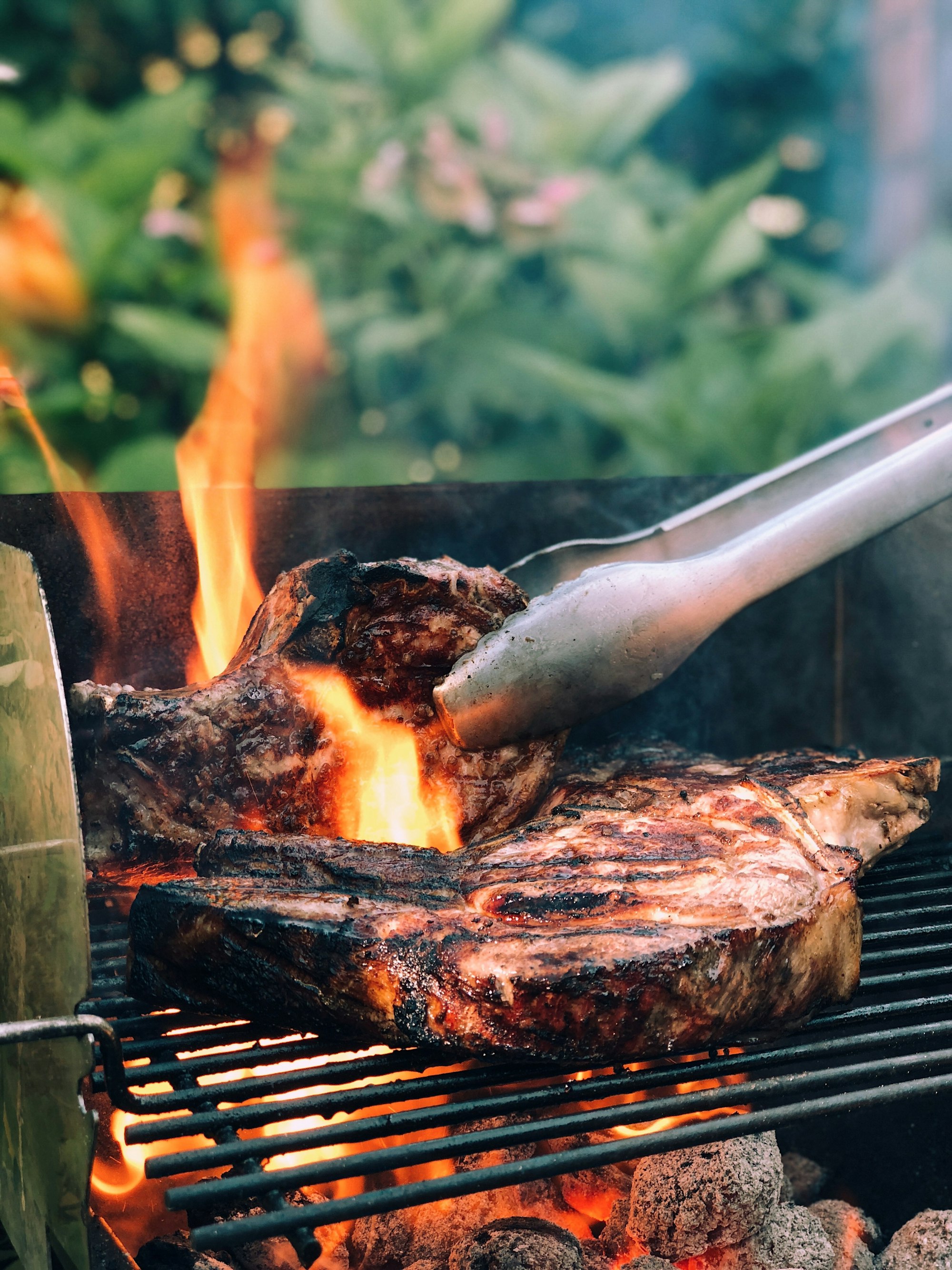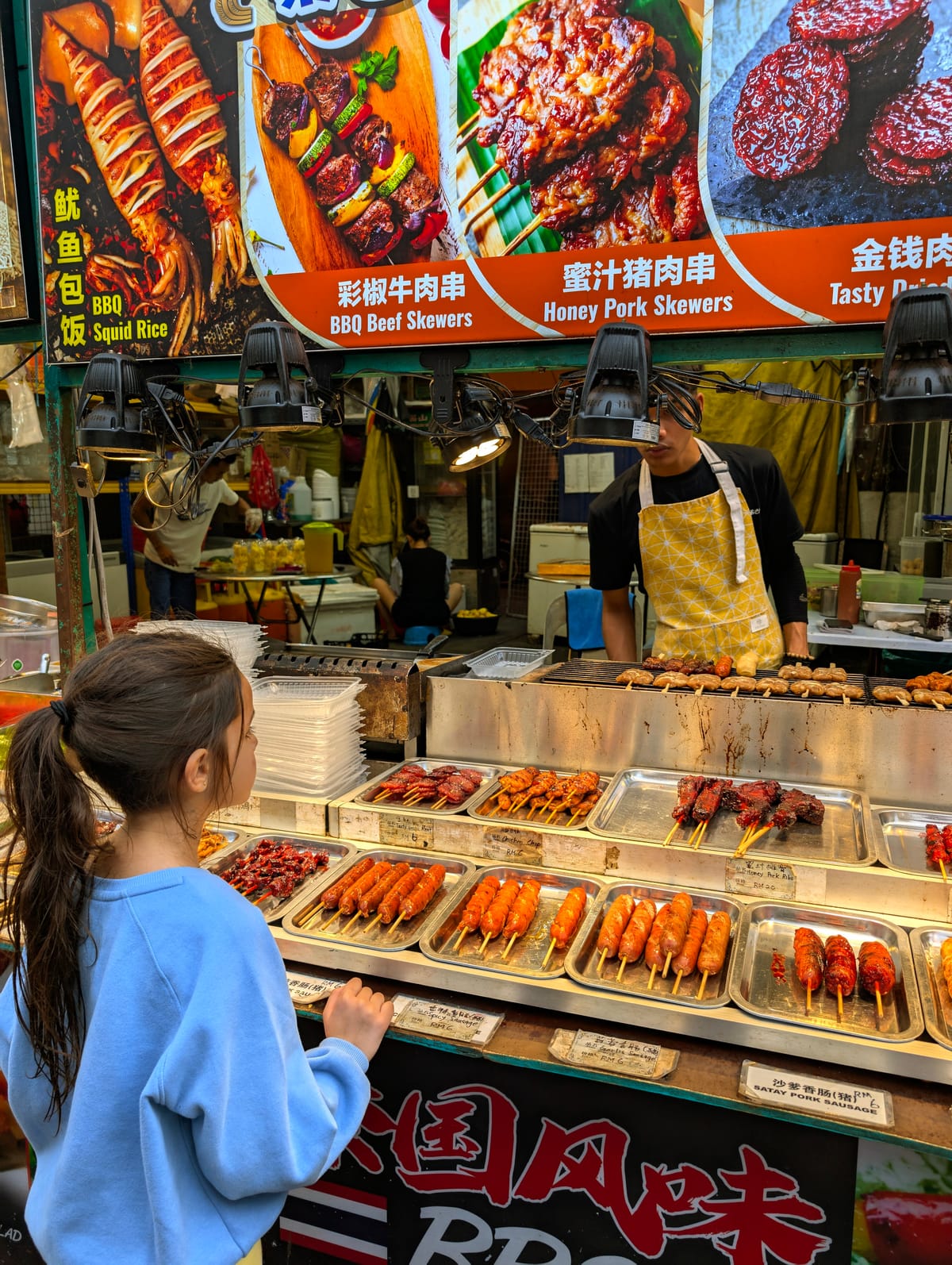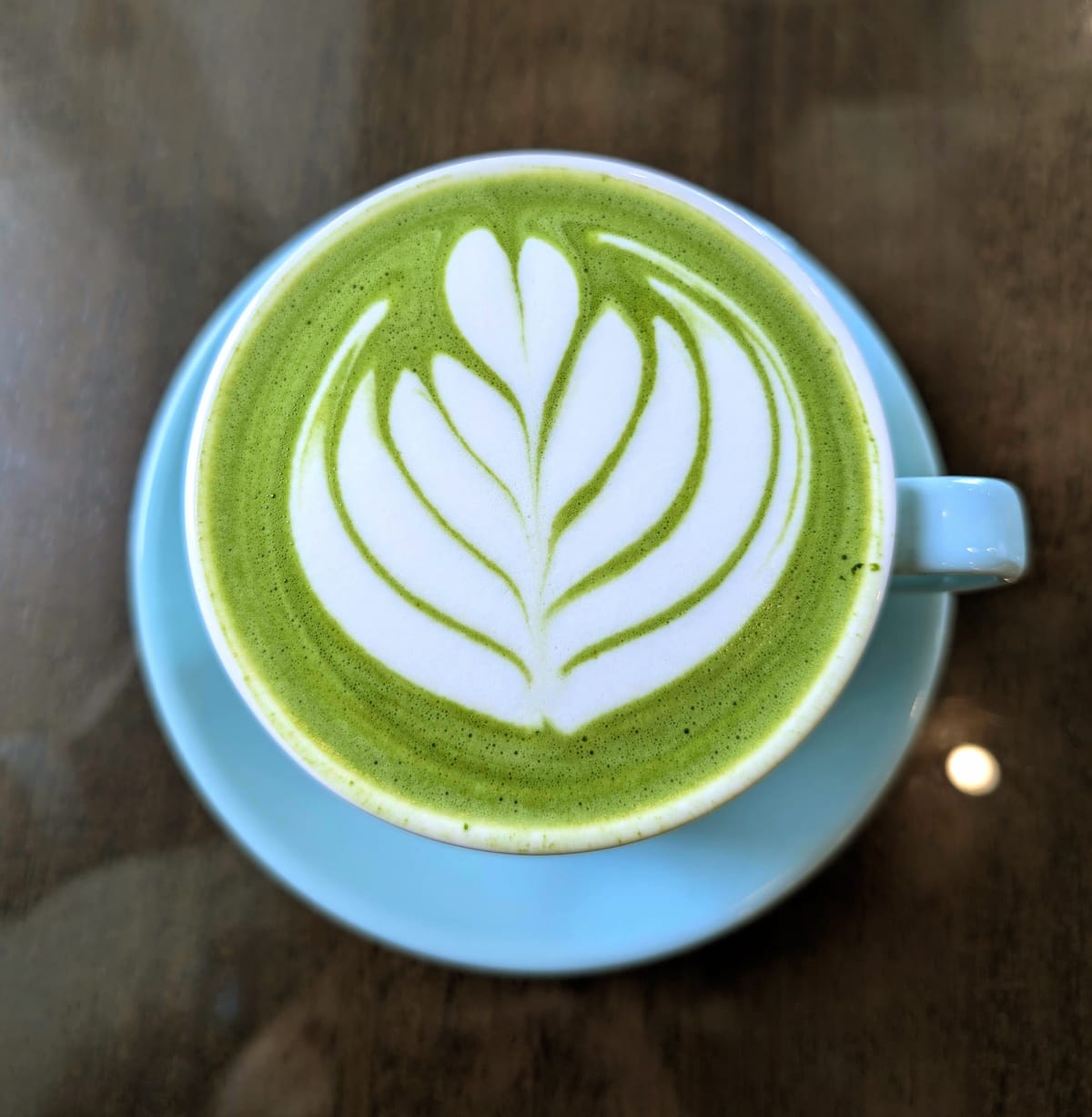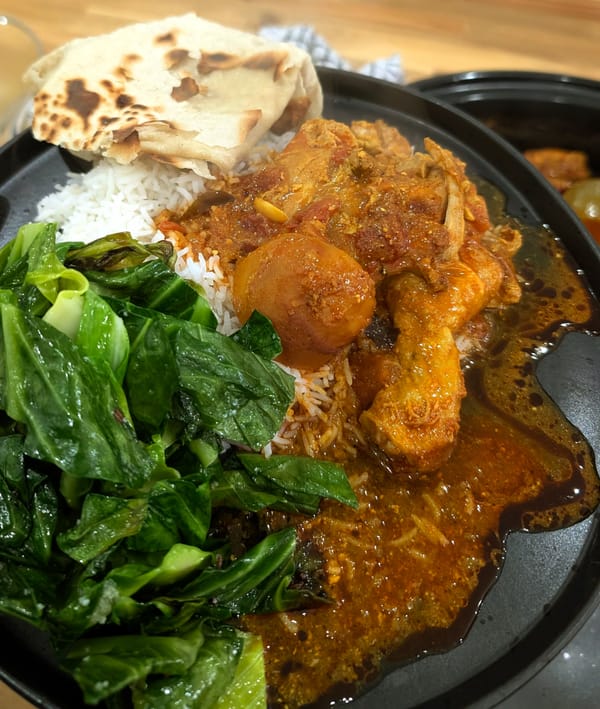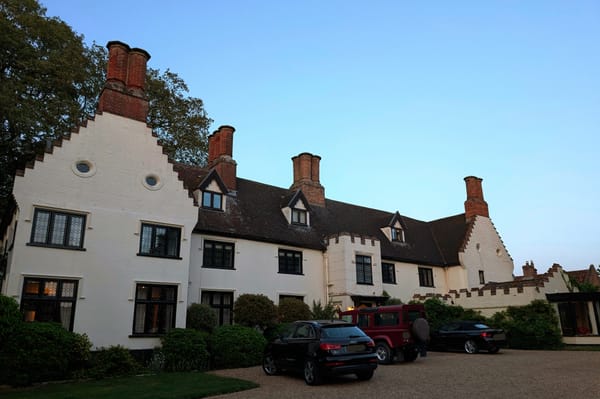Topokki Birmingham Review: Korean Comfort Food in Chinatown
Tucked between Birmingham’s Chinatown and the Gay Village, beyond delicious Korean food, Topokki offers a window into history, flavour, and the kind of meal that makes you slow down. Read on for what to order, where you’ll sit, and why it all matters.
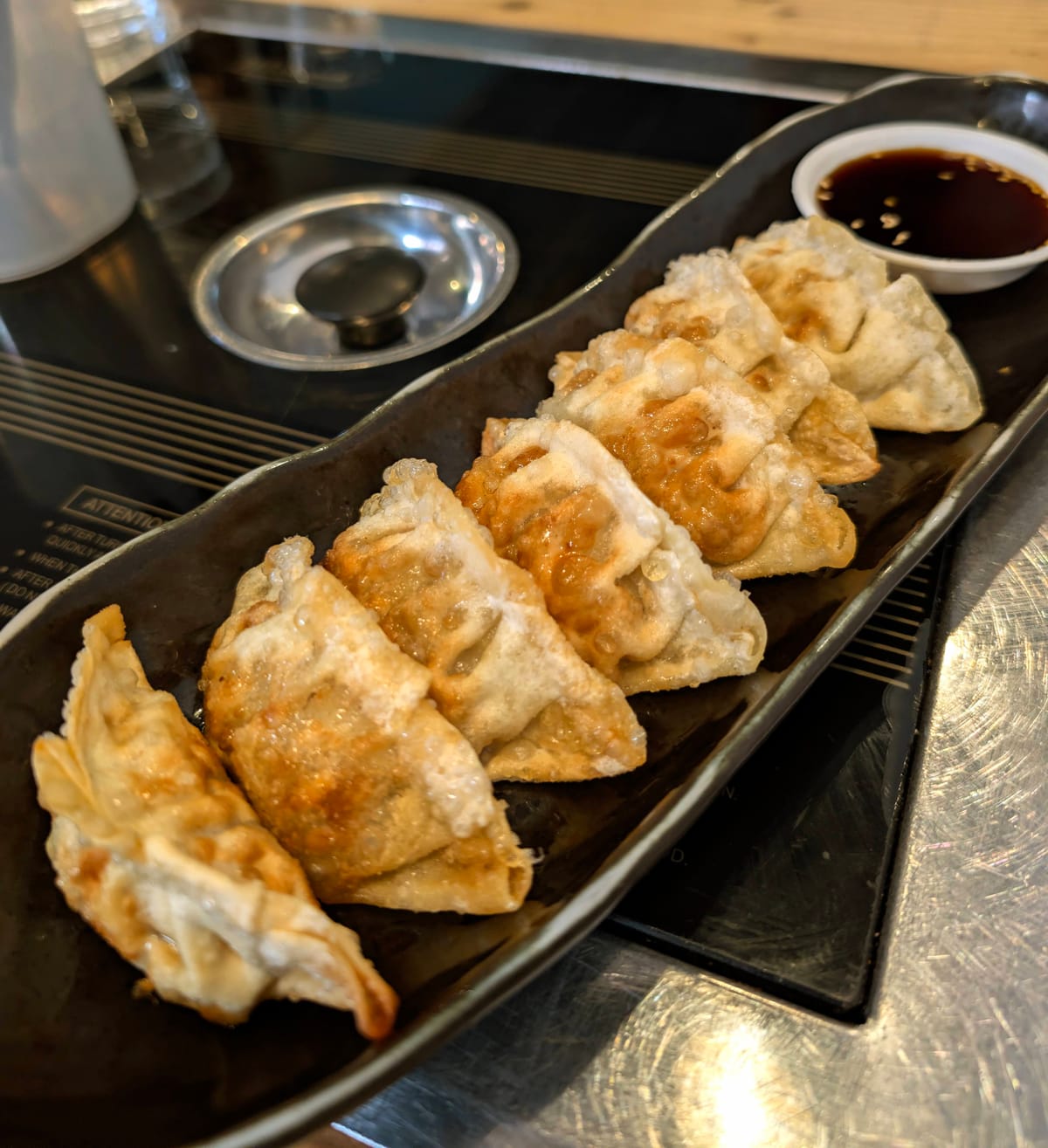
1C Hurst St, Chinatown, Birmingham
There are meals that fill you.
And then there are meals that centre you.
Topokki, a cosy little spot nestled in Birmingham’s Chinatown, offered both, complete with a bowl of kimchi that tasted like it had been fermented at the hands of someone’s Korean auntie who knows what she’s doing.
I came here to catch up with my soul sister. This is a kind of friendship that needs no warm-up, no small talk — you just straight up deep dive into conversations that make you nod vehemently in acquiescence, grateful for the mutual understanding, laugh until your cheeks hurt, then cry unexpectedly, and then giggle some more. Four hours passed in what felt like twenty minutes. Time literally dissolved, as is customary when we meet up. Somewhere between the dumplings and the soju, the world got quiet. And in that hush, there we were — content just being.
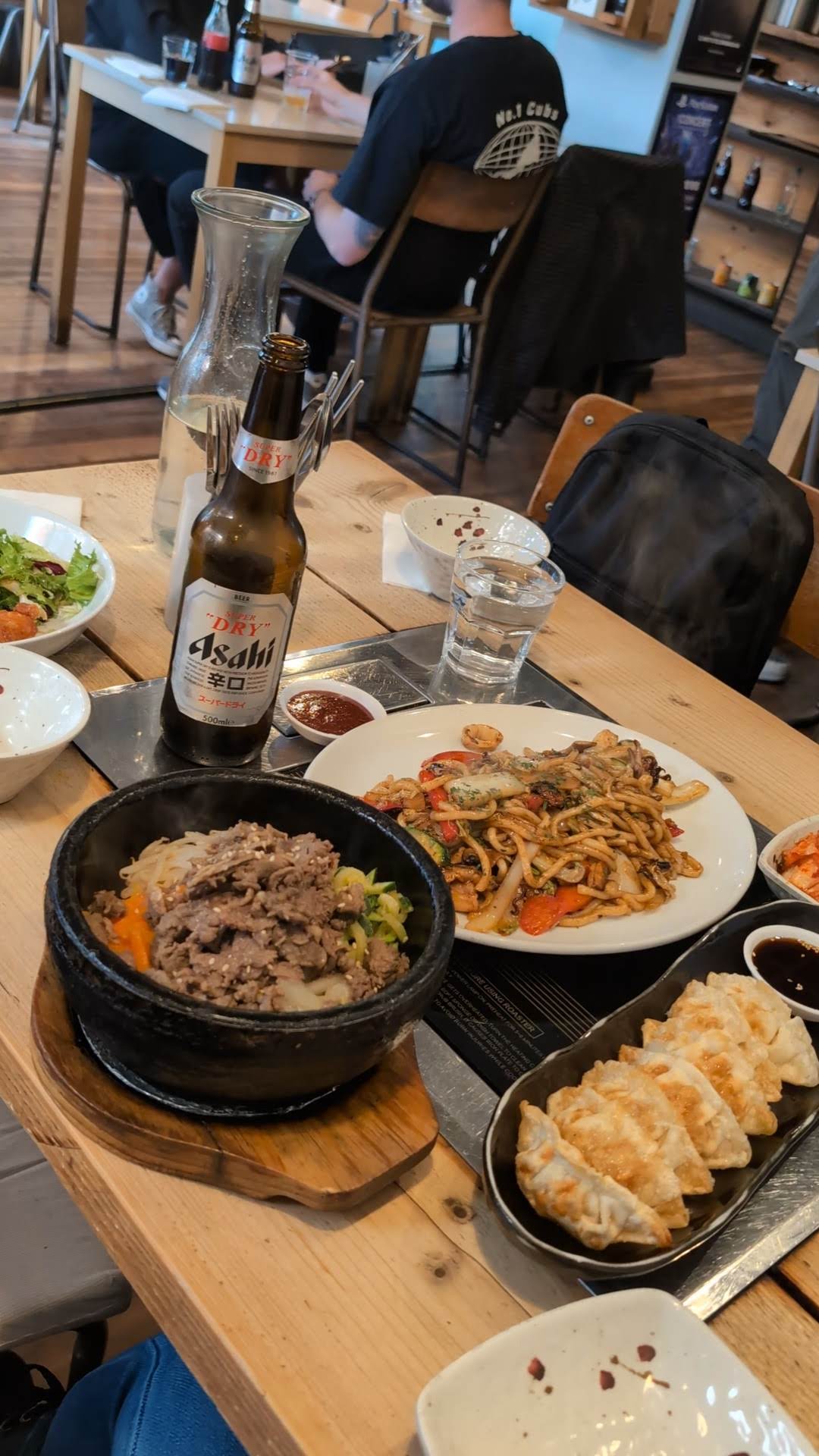
Chinatown: More Than a Backdrop
It occurs to me now that we were sitting on a street layered with history.
Just a few steps away, you’ll find Court 15, aka the last surviving back-to-back houses in Birmingham. Humble redbrick terraces, built quite literally back-to-back, that once squeezed in large working-class families during the height of the Industrial Revolution. No bathrooms, no backyards. Just coal fires, shared courtyards, and a lot of life packed into very little space. Today, they’re preserved by the National Trust, and it’s quietly poetic that they now share a postcode with karaoke bars, noodle joints, and boba tea shops.
Because here in Birmingham’s Chinatown, things have changed — and beautifully so.
What began as a handful of Cantonese-run cafés and groceries in the 1950s has grown into a vibrant, multi-layered district celebrating East and Southeast Asian cultures. Formally renamed Birmingham Chinatown in 2024, the area is now home to over 40 restaurants, bakeries, food halls and hidden gems — happy bellies guaranteed . It’s where Korean fried chicken meets Vietnamese pho, where you can grab some bubble waffle or sip a matcha latte after dim sum, and where every doorway tells a story.
Right next door is Birmingham’s Gay Village — one of the UK’s most vibrant LGBTQ+ quarters. With its neon drag shows, rainbow flags, and open-hearted joy, it shares both pavement and spirit with Chinatown. These two districts, side by side, represent the best of what cities can be: layered, expressive, and unafraid to take up space.
Above it all stands the Holloway Circus Pagoda, gifted by the Wing Yip brothers in the 1990s (yes, that's right, the same Wing Yip family associated with the supermarket chain) — granite carved in China, now rooted here as a quiet sentinel. It marks the gateway to a pocket of Birmingham that I always return to when I want flavour, familiarity, and a reminder that culture doesn’t sit still. It simmers. It adapts. It feeds. It remembers.
What We Ordered (aka happiness on a table):
Seafood Udon Noodles
This was comfort, tangled. Thick wheat noodles — known as udon — with that signature bounce, stir-fried with prawns, squid, peppers and onions. Udon originated in Japan over 1,000 years ago, and it’s become beloved across Korea too, where it's often served with a spicy twist. Ours was glossy, garlicky and a little bit chaotic, in the best way. A tad too many mussels (or might have been clams, or both) for my taste but I picked those out!
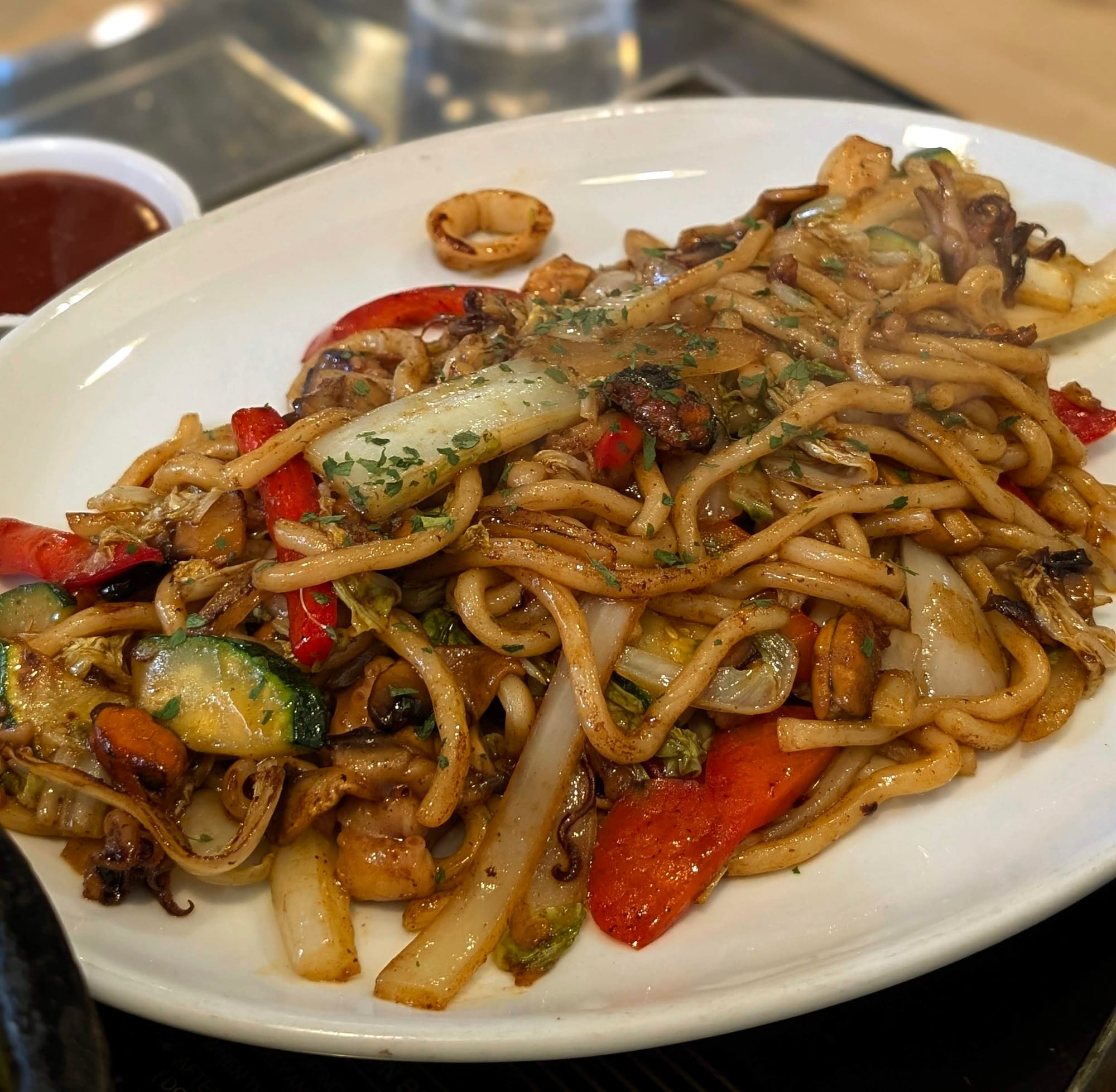
Pork Dumplings (Gun Mandu)
Dumplings have long been a symbol of wealth and good fortune in East Asian culture — their crescent shape resembles old Chinese silver ingots. Gun mandu refers to Korean pan-fried dumplings, and these were exactly what you want them to be: golden on the outside, juicy inside, with a hit of garlic and ginger. Yum.
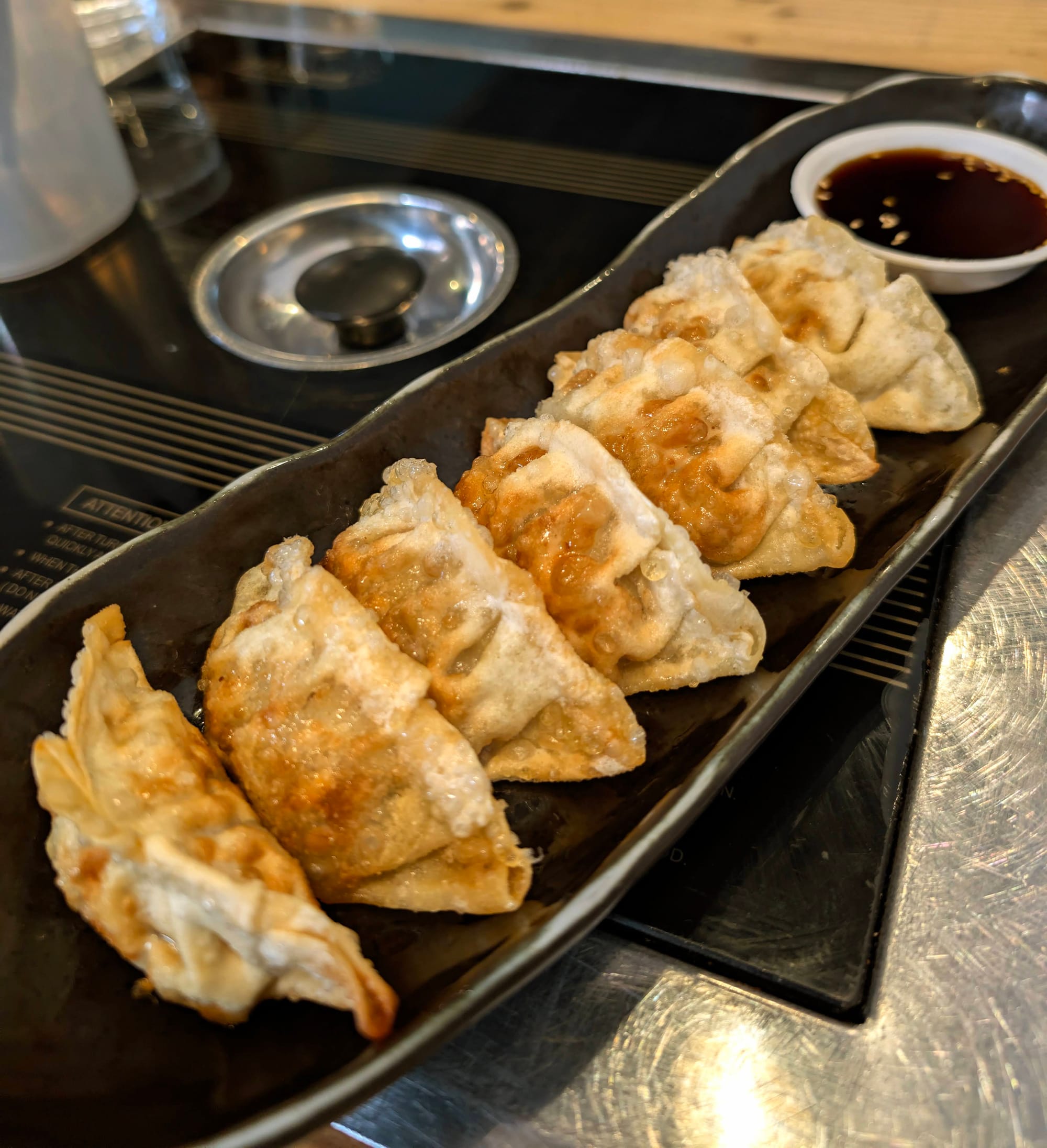
Salt & Pepper Chicken
Though often thought of as a Chinese takeaway classic, this dish is actually a Cantonese-Chinese fusion that gained popularity in the UK (are you actually surprised? I'm not, given our track record with the chicken tikka, but that's for another post). The Korean version cranks up the flavour with a lighter batter and punchier seasoning. Ours came out piping hot; tender, crispy, with just enough heat and plenty of crunch from side lettuce and spring onion.
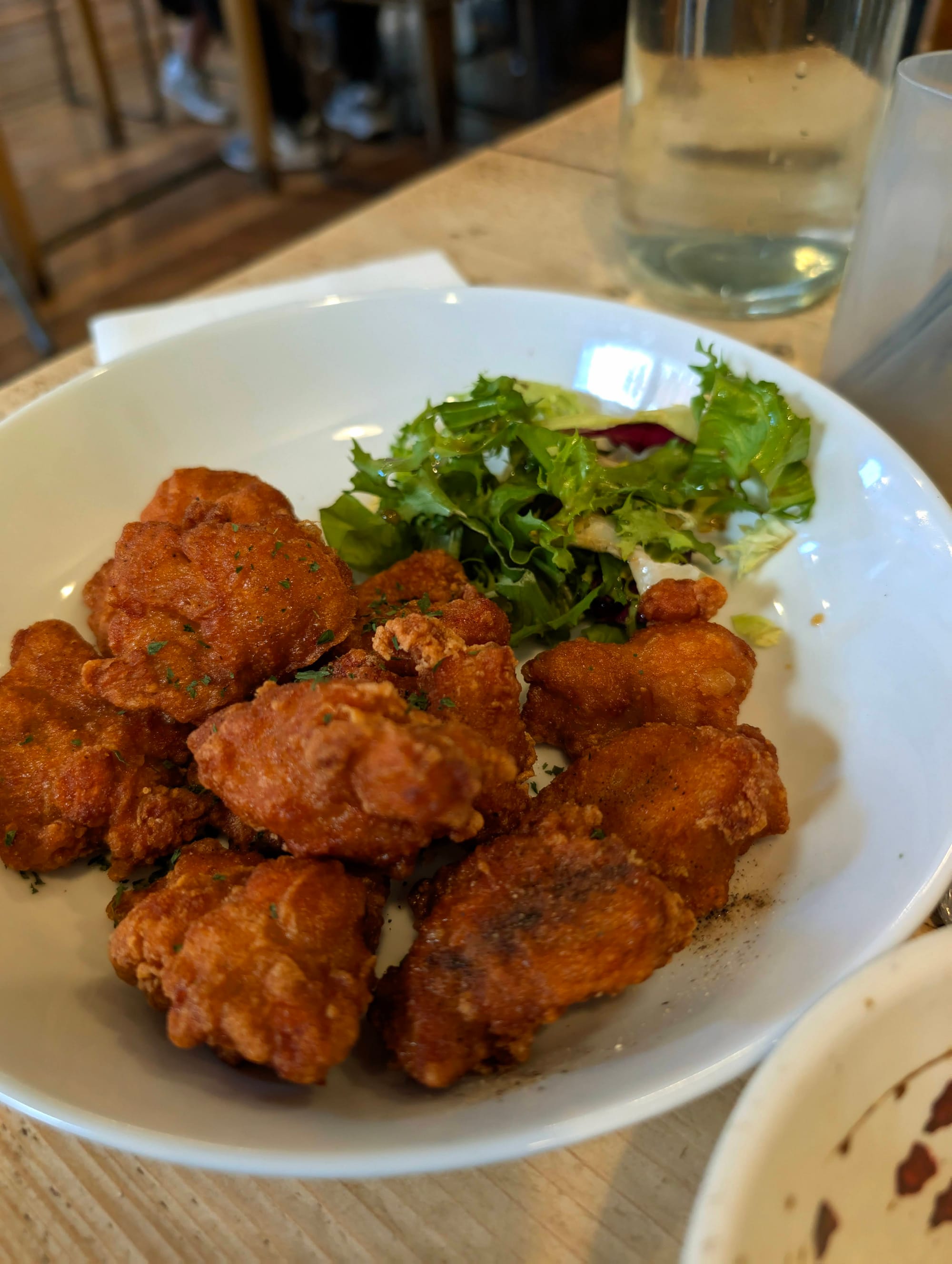
Bulgogi Dolsot Bibimbap
Bibimbap literally means “mixed rice,” and the dolsot version is served in a hot stone bowl so that the rice crisps up at the bottom. The nurungji, or golden crust, is a delicacy in itself. Bulgogi ("fire meat") refers to the marinated beef, thinly sliced and sweet-savoury with soy, sugar, sesame, and garlic. You mix everything — beef, veg, egg, rice — with a dollop of gochujang chilli paste, for the most wholesome bite of deliciousness.
Bulgogi Dolsot Bibimbap
Kimchi
Alright, let's talk about the Kimchi. In spite of how it's marketed, this was positively NOT just a side dish. It was a whole event. Kimchi is Korea’s national dish — a fermented mix of napa cabbage, gochugaru (Korean chilli powder), garlic, and anchovy sauce, aged to perfection. This one tasted deeply traditional, the kind of ferment that lets you know someone didn’t rush the process. It was tangy, funky, spicy, and completely addictive.
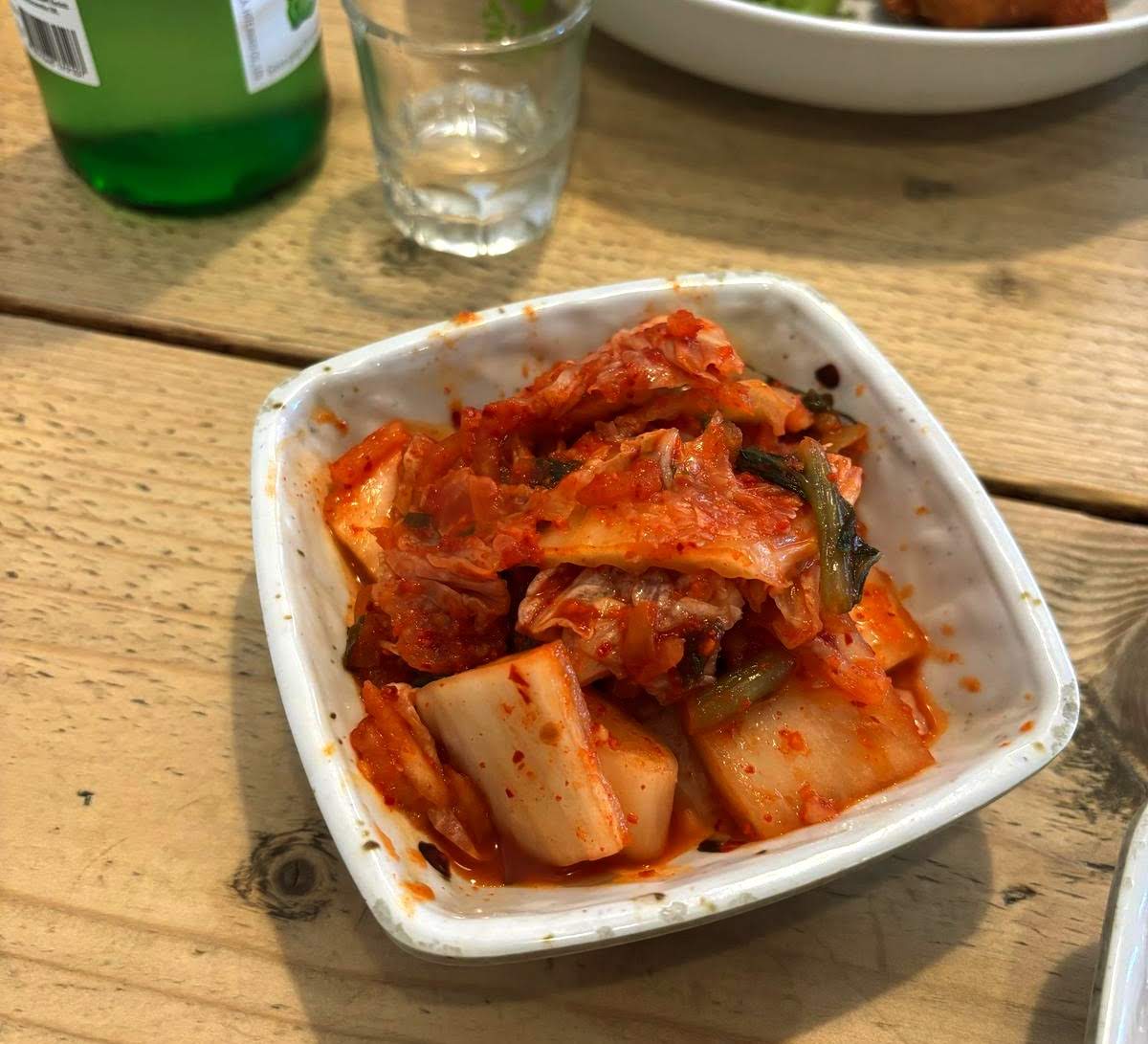
Green Grape Soju
This was my first time trying it — my friend, a seasoned soju veteran, ordered some and I “just had a sip.” Famous last words. Sweet, light, and dangerously drinkable, it tasted somewhere between fruit juice and “oh wow, I can’t feel my cheeks.” Soju is Korea’s most popular spirit; traditionally made from rice, though now often wheat or sweet potatoes — and the green grape version is a fan favourite for a reason, as recommended by our waiter. Let’s just say I get it now.
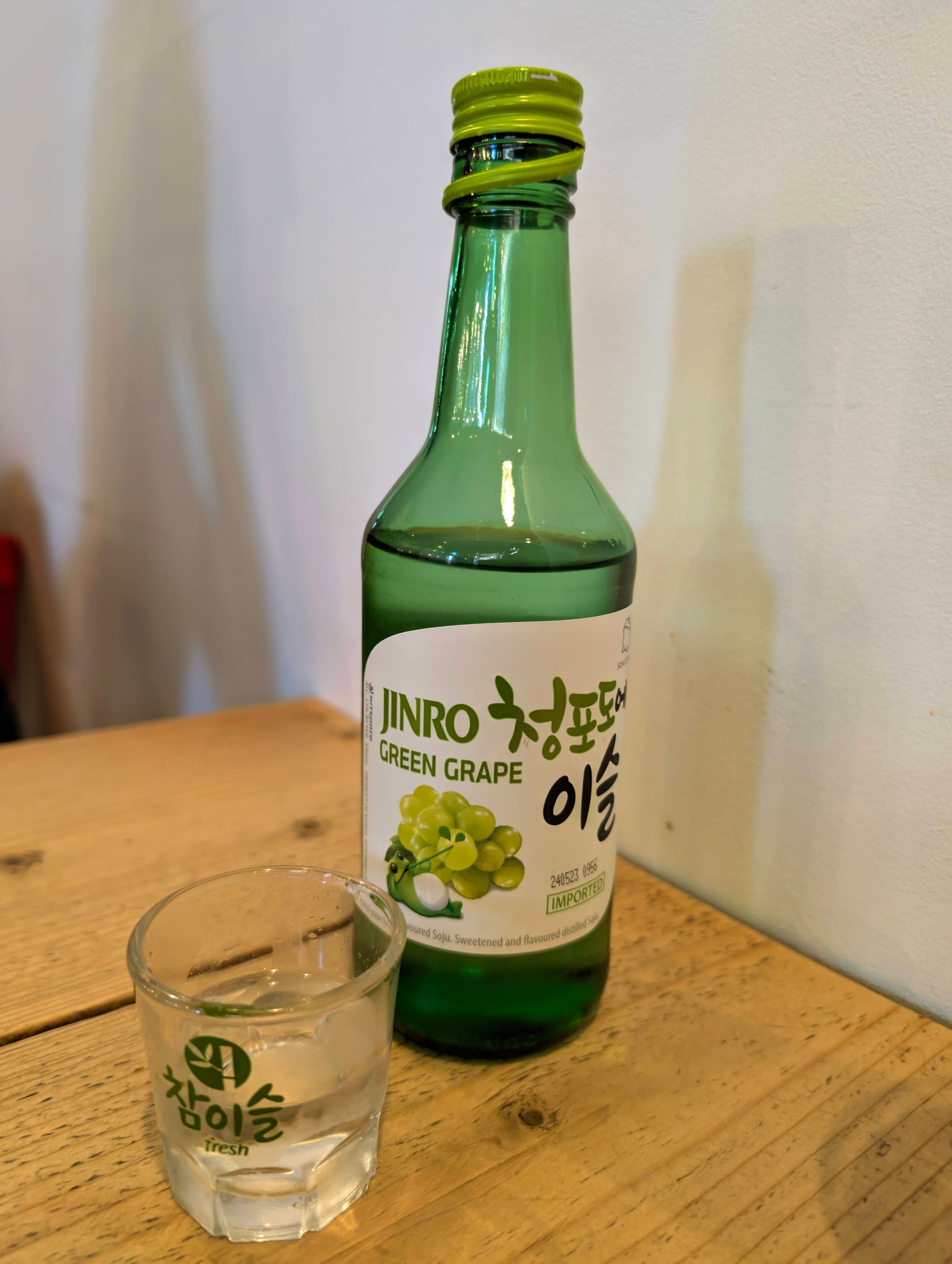
Funnily enough, we’d originally planned to get stuck into the Korean BBQ experience — the thrill of grilling your own meats over the table. But once we calculated how many plates it would take to satisfy me... we pivoted. What we ordered instead felt indulgent in a different way. It was soulful, generous, and clearly cooked with care. The kind of food that feels like someone’s looking out for you.
The Real Main Course
But the food, as beautiful as it was, wasn’t the star of the night.
The company was.
This is a friendship that asks for nothing — and gives everything. We talked about all the things on our minds. We circled around the idea of contentment. Not performative happiness, not "life’s perfect!" vibes. But the kind that sits in your chest quietly and says: I’ve come a long way, and I’m proud of how I held myself through it.
With her, I don’t have to perform. I don’t have to translate. I don’t even have to be interesting. I just get to be. And that — paired with a stone bowl of bulgogi and the hum of conversations happening around us in the quiet restaurant— felt like medicine.
This is a once-in-a-lifetime kind of friendship. Though I often joke: I’m pretty sure we’ve found each other in every lifetime so far. And I’d bet good money we will in the next one too.
Would I Go Back?
Topokki confidently and knowingly gets the fundamentals right. Set in one of Birmingham’s most quietly brilliant neighbourhoods, it serves food that feels rooted — not trend-driven, not fussed over. Just thoughtful, flavourful, and full of care.
All in all, this piece is intended to be beyond a simple restaurant review.
It’s a thank you.
To food that makes space for you.
To friendships that keep you grounded.
And to the corners of our cities that hold multitudes — sometimes in a single square block.
Would I go again?
Absolutely.
Would I go back with her?
In every lifetime.
About me...I'm Lorna Rose and, by day, I work in the tech industry, but in my heart of hearts, I've always been fascinated by the story that food tells. The magic of a well-cooked meal, the way a simple dish can bring people together, spark conversation, and create lasting memories. On Happy Bellies, I set out to explore and find hidden gems, so that I can indulge in telling stories around food that will make you want to go out and create your own foodie adventures.
Keep reading:
